No one seems to have an idea about the number of hawkers who use roads and sidewalks in Mumbai, but their size is huge. A study over a decade ago is said to have estimated that ten percent of the hawkers alone are licenced by the Municipal Corporation of Greater Mumbai and the rest is just doing business regardless.
The other interesting aspect is that the civic body has not issued licences since 1978 and yet, the hawkers not only continue to be a reality but also increasing. The increases are more estimated by what one sees than what one has, if by anyone at all, counted. They seem to have developed sufficient heft to deal with the civic body.
Two instances reported in the past two days are testimony to this. One, a day after the hawkers were evicted from in and around Dadar, the civic ward official was transferred. They distributed sweets claiming they ensured the transfer. Two, there are three lynchpins in the hawkers’ trade who operate in three distinct city areas and who can fix things.
If the claim of the Dadar hawkers on the official concerned, Devendra Jain, is true, then one has to worry. It shows their possible access to the higher levels of the civic body and the total disregard by the civic body to its mandated duties.
They get the word that a raid is imminent. The hawkers sneak away, hide the goods, and return later. If their goods are indeed chased, they are allowed to take it away from such places as where they are stored. This underscores that the muscle-civic official mafia is well-oiled and more efficient than they are in their legitimate duties.
What we say is a ‘hawker’ is not, as per dictionary those who move from place to place and sell their goods. The other meaning is one who sells by aggressive tactics, say, calling out to the passing potential client or crying out the list of items and their prices to engage a transaction. In Mumbai, they actually are businesses, small or tiny.
The civic body, realising that most hawkers are permanent, rooted to their foothold, uses a nomenclature: ‘pitch’. It is the area used by the trader and legally, they are to pay, per space measured in square metres a charge for clean up after they dirty the space. Collection of small amounts is less interesting than the collection of bribes through intermediaries.
These charges are acknowledged by a receipt, more commonly known as pautis and are often cited as reflecting the legal rights to a pitch. The civic body, however, has ceased issuing these pautis since 1998 and thereafter, it has been chaos in executing a, or any, hawkers’ policy. They are not supposed to be within 150 meters of a railway station and find me one where this is the case.
I recall that in the early 2000, the Jamshetji Tata Road was suddenly peppered by hawkers who lined up one stretch from LIC to Shankar-Jaikishan Chowk, all selling fruits. The place was supervised by a single man who sat on a foldable chair, occasionally wandered along during the brisk periods of business. He was a owner of the entire lot of business who many presumed were several different hawkers.
Why they disappeared suddenly when Commissioner Nalinakshan decided to convert the fine, smooth, asphalt roads to concrete is unknown but they would surely have found a place elsewhere. ‘Elsewhere’ is another sidewalk, not a hawkers’ plaza that the civic body promoted to take hawking off the streets. But that was to accommodate the licenced hawkers; the illegals had to fend for themselves, enriching the you know who.
But given the fact that there are three guys named by DNA as TMT Pappu, Jamaalbhai, and Vijay who collect protection money and link up with the officials to ensure minimum losses to the illegal hawkers, it is clear that the aggregation of hawkers business is huge. When SS Tinakar was the civic chief in 1980s, he had estimated that the hawker population then was 1.44 lakh-strong.
If each paid about Rs 200–300 per month as bribe to the officials, civic and police and the neighbourhood goon, it worked out to about over Rs three crore to some Rs five crore per month, at the then prices. That number is higher now, the bribes which keep pace better with inflation than the honest wage-earner’s dearness allowance, the booty would be high. That gives them a muscle that is hard to beat.
In any discourse on hawkers and their relationship to the city, it is forgotten that the city — including the slum dwellers, the hawkers themselves, the visitors – have a right to protection when walking which means sidewalks are meant for walking. Though of course, the anti-hawkers include those who illegally encroach on sidewalks to park their plush cars.
Parking in no-parking area is no different from the encroachment by the hawker, nor is just parking outside the building because your building has no parking space within. Such parking takes away substantial space of the motorway. However, as in Dadar, many hawkers have not only taken up clearly demarcated—though in bad shape — public space but also the motorways.
Hawking, which is seen by a section as right to livelihood and that the city has to countenance or suffer the inconvenience – convenience to those who like to buy things off them as when walking out of a railway station or the street outside their office, is endemic to Mumbai. There is barely a street without hawkers, save the VVIP areas.


)




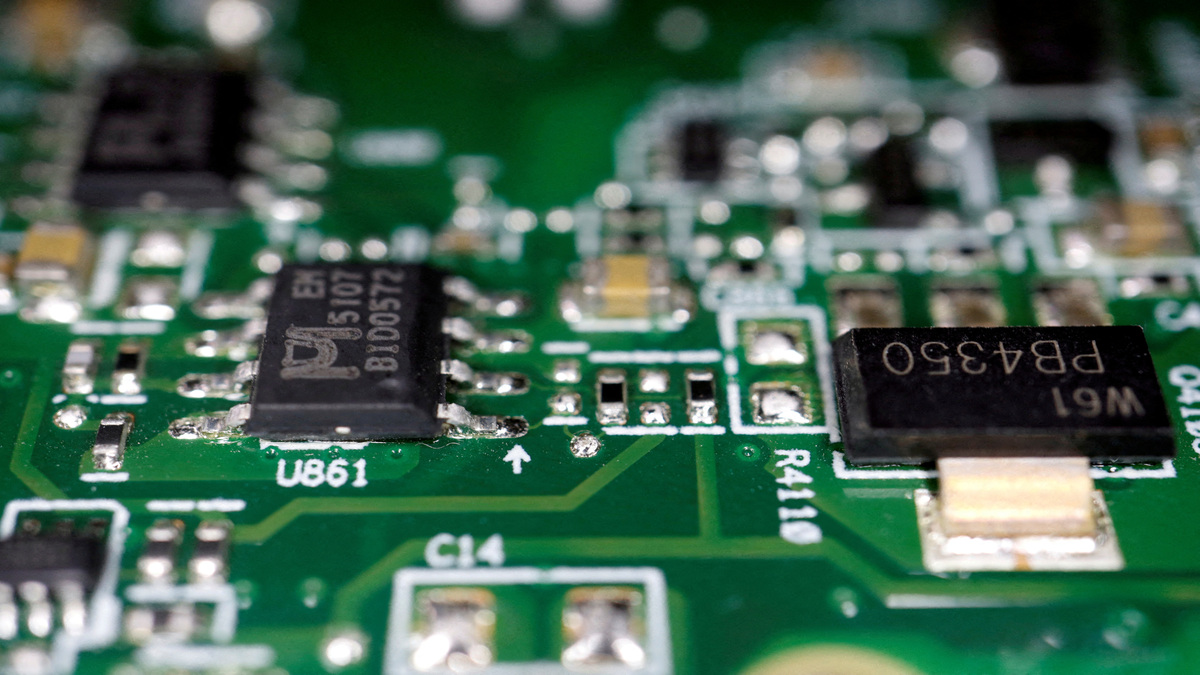)
)
)
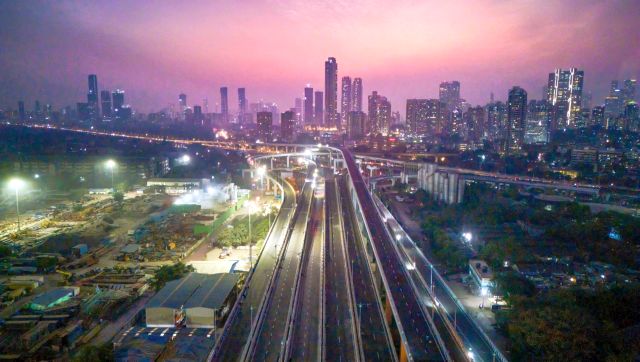)
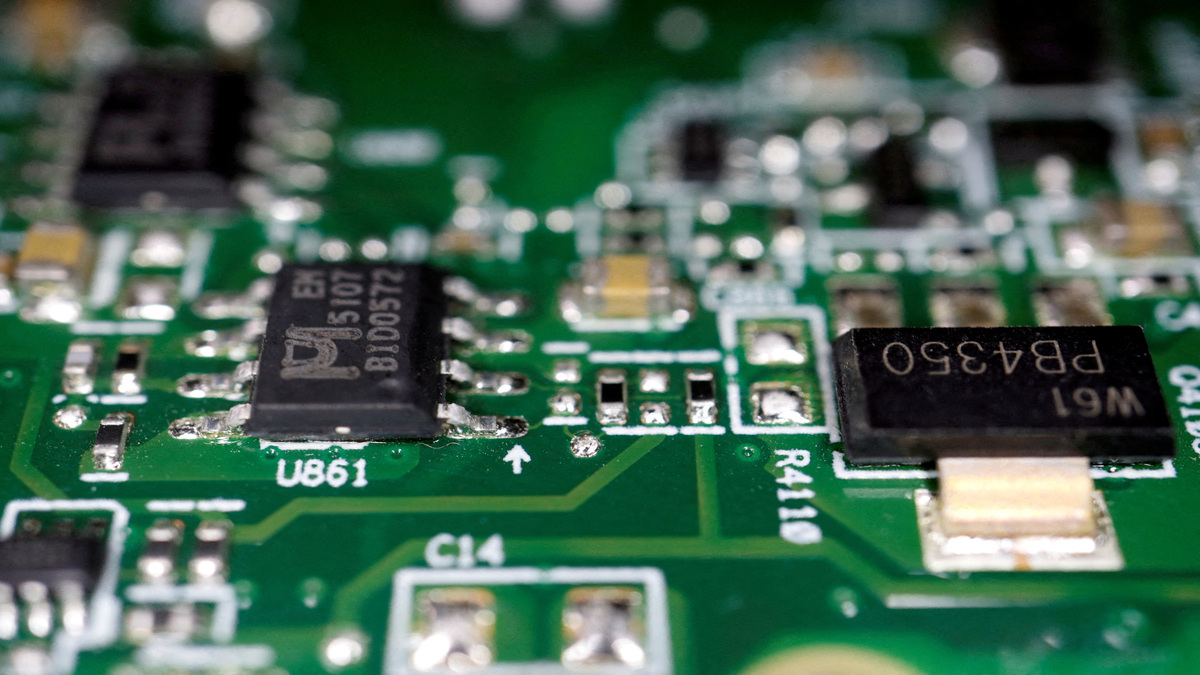)
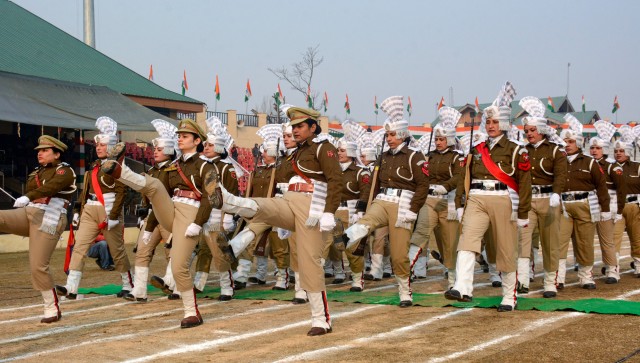)
)
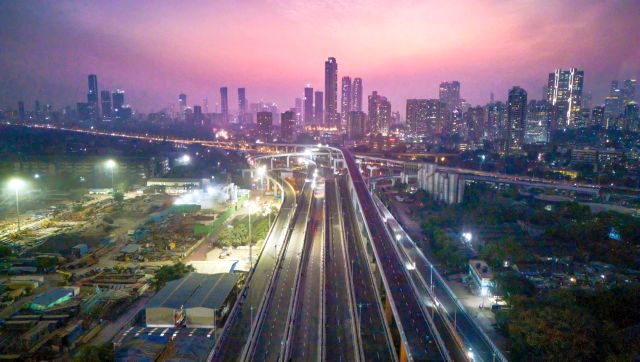)